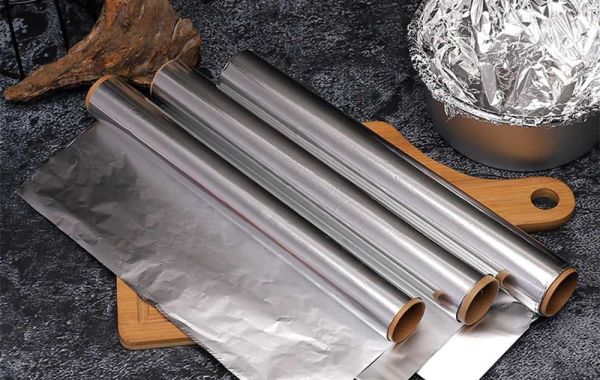Step-by-step guide on how to measure the thickness of aluminum foil using a micrometer (caliper):
Ensure that the micrometer is properly calibrated and set to zero.
Take a small, representative piece of aluminum foil and flatten it out to remove any wrinkles or creases.
Place the foil between the jaws of the micrometer, ensuring it is centered and not folded or crumpled.
Gently close the micrometer jaws until they just touch the foil. Take note of the measurement displayed on the micrometer's scale or digital readout.
To measure the thickness of aluminum foil using an electronic device, such as a digital thickness gauge or a non-contact laser-based device, follow these steps:
Ensure that the electronic device is properly calibrated and set up according to the manufacturer's instructions.
Place the aluminum foil on a flat surface.
Position the electronic device above the foil, making sure it is aligned properly.
Activate the device to take the measurement. The device will provide a reading or display the thickness directly.
To calculate the thickness based on the measurement obtained from either the micrometer or the electronic device, you can use the following formula:
Thickness = Measurement / Number of Layers
The "Measurement" refers to the reading obtained from the instrument, whether it is the micrometer or the electronic device. The "Number of Layers" represents the number of layers of aluminum foil stacked together to obtain the measurement. If you are measuring a single layer of foil, the number of layers would be 1.






